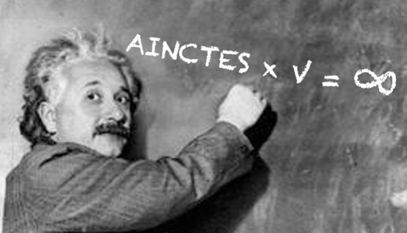Stratagem Weekly
Effective management needs meeting math
Meeting management needs "meeting math." You've certainly experienced the frustration of unproductive workplace meetings: A meeting is held, but time runs out before all agenda items are addressed satisfactorily. So another meeting is called. And it’s no better.
Advice abounds on how to have more productive meetings, but advice will not resolve the problem. Why? Because the root cause is ignorance of meeting math.
Meeting math calculates the time it takes to address an item on an agenda.
The algorithm for it is A x V x 10.
“A” stands for Agenda; “V” the number of people in the meeting (i.e., the Variable), and 10 is the average number of minutes any one person will use in a meeting to comment or ask a question on a single agenda item and to also speak up after someone else's questions or comments.
Of course, not every person in a meeting will add 10 minutes per agenda item. Some will remain silent. But we all know some people will go on and on (grandstanding, arguing, advocating, being defensive) for far more than 10 minutes. Why, even the meeting facilitator deserves at least 10 minutes to bring up and frame an agenda item, answer people’s questions, and summarize where an agenda item stands before moving on to the next.
The “10” factor in the algorithm is a minimum. If a team is famous for its talkers, that group’s formula may be A x V x 15. And if “V” is a low number, say 3 to 5 people, you will want to consider higher time allocations, maybe even 20 minutes. In small meetings, people tend to talk more!
Casting agendas based on meeting math works:
● Those applying it have several revelations like, “There’s not enough time to do all that’s on the agenda.” That’s the point! Either attendance needs to be culled, or agenda items pared. ● Meeting math prompts people to consider productivity long before the meeting begins, by narrowing the confab’s focus, more clearly stating a meeting’s objective, and requiring pre-reading to enable “consent agenda" items.
Planning agendas based on math can, on the surface, seem like extra work for a meeting organizer. But in the long term, it saves time: Additional meetings on the same agenda items are less likely. The performance of teams – and entire organizations improve. There’s an algorithm that explains it:
AINCTES x V = ∞
ANICTES stands for “Agenda Items Not Completed To Everyone’s Satisfaction.”
“V” still stands for the number of people in the meeting. The product of the multiplication is an almost infinite level of frustration, born of supplemental meetings, emails, and conversations which, over time, have an incalculable cost, including low morale, a low level of team alignment, and avoidance of even important meetings.
As it turns out, like so much of management, even meeting management requires the application of math to achieve success.
Marsha Lindsay offers insights on many management techniques in her keynote speaking, workshops and advisory services. For more tips, sample her work here.
